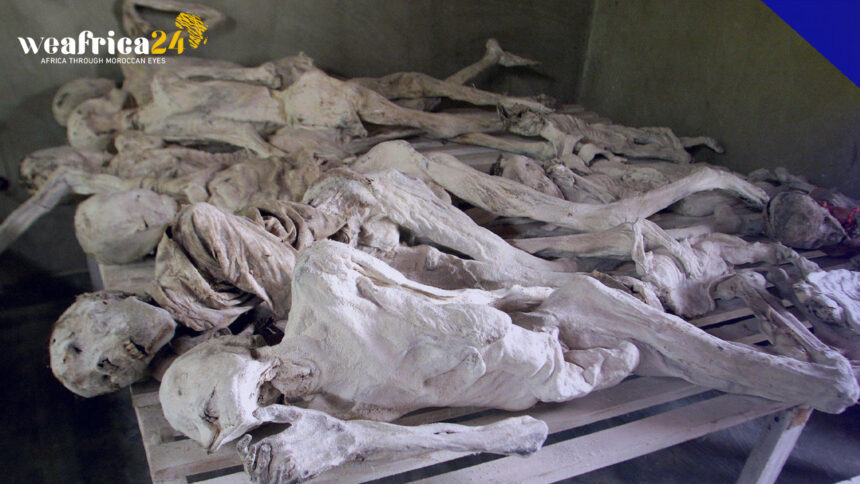Four memorials commemorating the 1994 genocide in Rwanda, during which over 800,000 people, primarily Tutsis but also moderate Hutus, lost their lives, have been added to UNESCO’s World Heritage list. These sites, located at Nyamata, Murambi, Gisozi, and Bisesero, have been recognized for their historical significance.
The genocide, which occurred between April and July 1994, targeted the Tutsi population and moderate Hutus. These newly designated World Heritage sites serve as powerful reminders of the atrocities that took place during that dark period in Rwandan history.
The Kigali Genocide Memorial in Gisozi, one of the designated sites, serves as the final resting place for around 250,000 victims. It features somber exhibits, including skulls, bone fragments, torn clothing, and images of the mass graves.
Every year, more victims are laid to rest as new graves are discovered throughout the country. Other designated sites include a former Catholic church in Nyamata, a school complex in Murambi, and a memorial in Bisesero that was erected in 1998. In addition to human remains, these sites display material evidence of the 100-day killing spree carried out by extremist Hutu forces, including spears, machetes, clubs, and bladed weapons.
Tragically, three of these sites were themselves the scenes of massacres. At Nyamata, over 50,000 people who sought refuge in a church were brutally killed over 24 hours. The chapel at Nyamata now houses the clothing and rosaries worn by the victims, alongside the weapons used by the perpetrators.
At Murambi, tens of thousands of people were deceived into taking shelter in a technical school under the false promise of safety, only to be executed in one of the bloodiest episodes of the genocide.
The Bisesero memorial stands as a tribute to the Tutsis who bravely resisted the violence, using spears and stones, as Hutu extremists murdered hundreds of people in the surrounding hills.
These newly designated World Heritage sites not only serve as places of remembrance and reflection but also as important historical and educational landmarks. They ensure that the memory of the genocide lives on, reminding the world of the horrors of the past and the importance of preventing such atrocities in the future.







